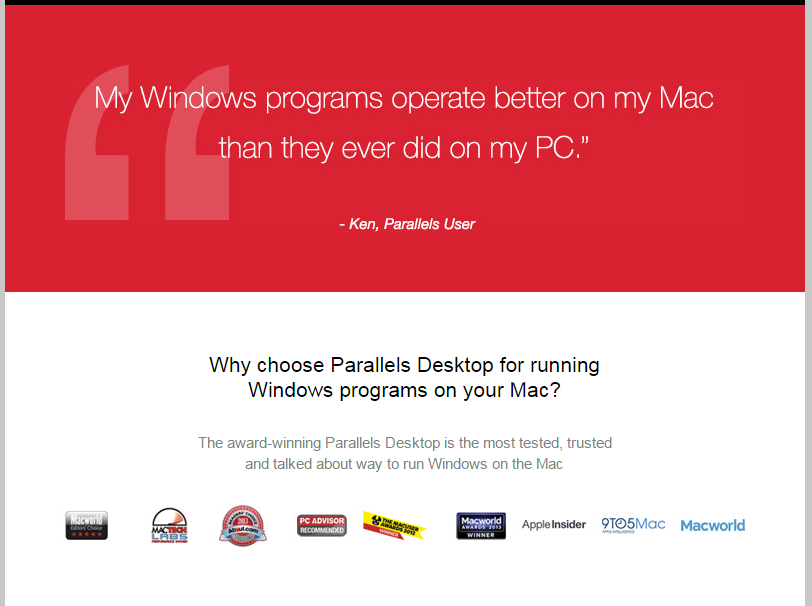If you provide access to a service or software online, it is likely you have free users. This is simply a reality in today’s world: many consumers and businesses are reluctant to pay for things they haven’t had the opportunity to try first.
You’ve done the hard work of implementing subscription billing and attracting users to your website through SEO, affiliate marketing or social media marketing. But a visit or two to your site may not be enough motivation for a customer to pay for your service. They need to experience its value directly, and free trials help them do that.
First, let’s look a little deeper at free trials to see what they are and how they work. Then, we will explore an actual marketing campaign to see how a company encourages free users to become paying subscribers.
Free Trials
Free trials give customers full access to your service for a limited time. Once the trial expires, the customer has to pay for a subscription to continue using the service. Companies that use free trials as a marketing tactic include Moz (B2B), Ancestry.com (B2C) and Nitro Software (B2C + B2B).
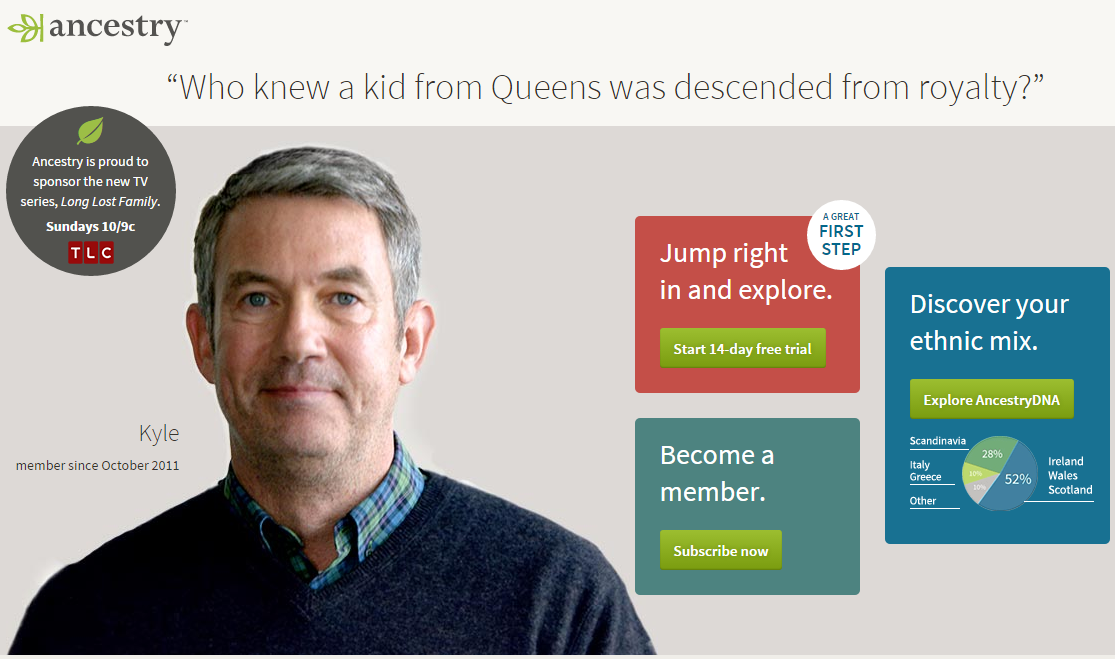
When free users sign up, they provide their contact information. This is an opportunity for you to establish a direct relationship with customers and communicate the benefits of your service.
But what does effective value messaging look like? And how does it motivate free users to convert to paid subscribers?
Communicating Value — The Parallels Case
Parallels makes a popular software that lets customers run Windows applications on Macs. Their free trial is a major channel for attracting new users to their product. And when a customer begins a free trial, Parallels launches an email nurturing campaign that runs until the trial expires.
It’s a 14-day trial, and the messaging campaign sends touches:
- On the day of the trial signup
- The day after the signup
- Halfway through the trial
- 2 days before the end of the trial
- One day after the trial expires
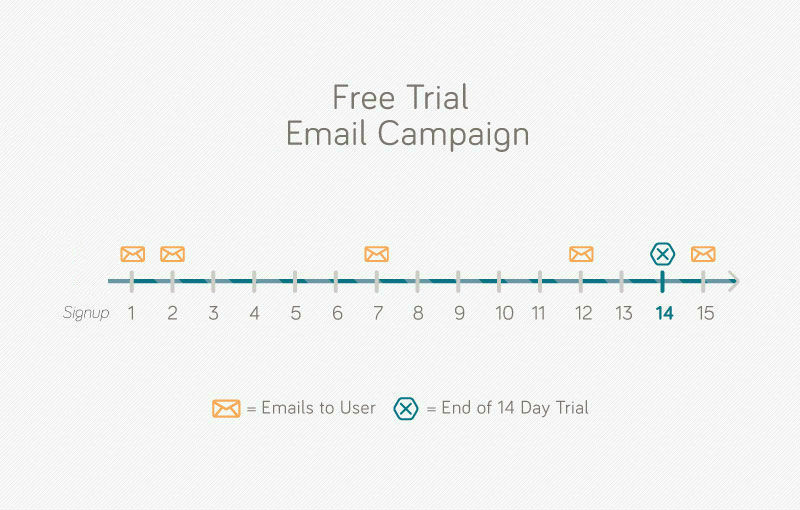
Set users up for success
In their welcome email, Parallels sets customers up for success. Depending on the user’s technical prowess, they may need assistance to set up the product. As we can see in this image from a 2015 campaign, the welcome email immediately points them to helpful resources. Parallels combines their prominent resource center CTA with language communicating its value to the customer.
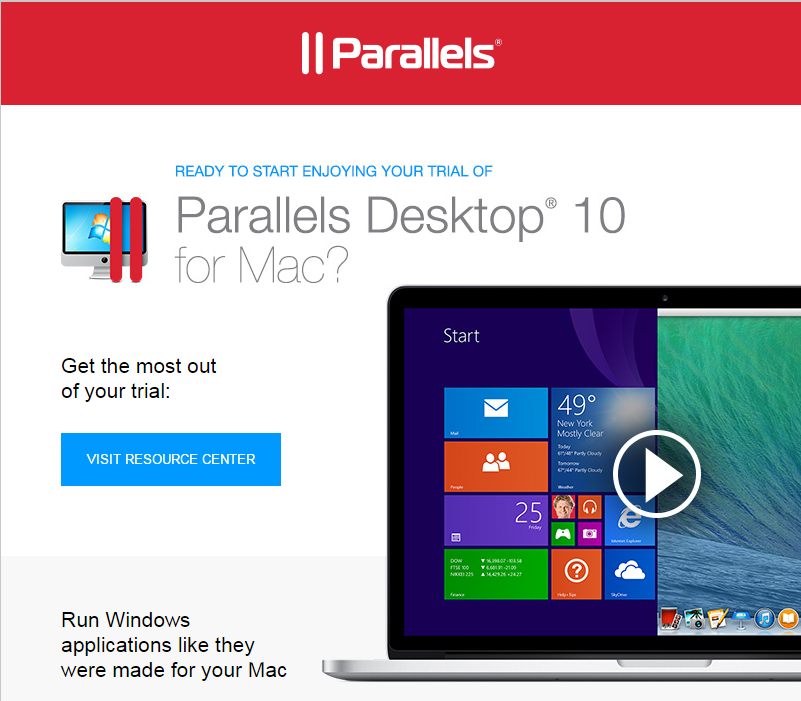
The first 48 hours are crucial
The first 48 hours after the user decides to sign up for a free trial are the most crucial hours for capturing their attention. Knowing this, Parallels sends their free users an email on the day after their signup as well. Here they provide the same information, but delivered differently. They provide two ways to access the resource center. The first way is through linked text touting the “valuable resource to make the most of your trial experience.” The second path to the resource center in this email is through a CTA button offering the customer the chance to learn more.
Parallels also shows the publications that laud their product. This practice, known as including trust elements, helps communicate the consistency and trustworthiness of their brand.
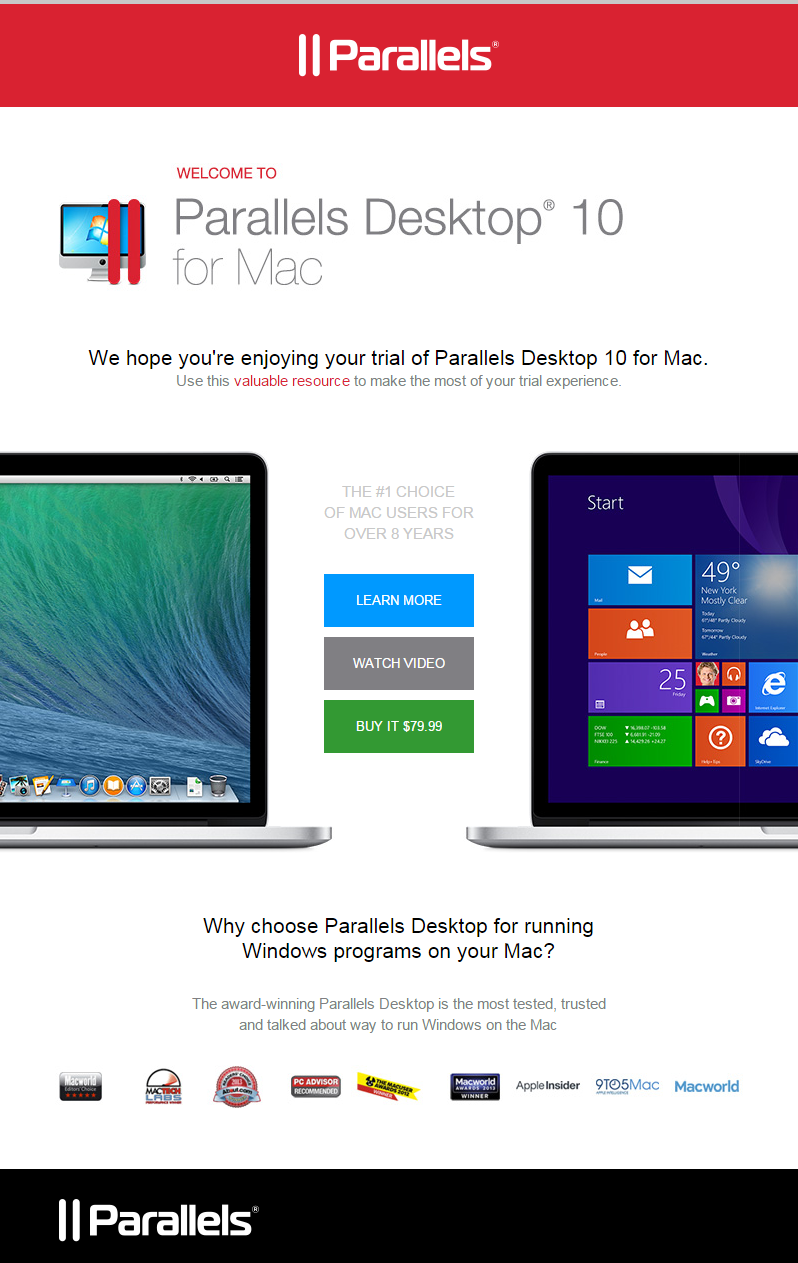
Mid-trial messaging — give ’em a reason
The subject line for Parallels’ mid-trial message says it all, “Top reasons to choose Parallels Desktop 10 for Mac!” The split CTA at the bottom of the message provides an avenue for free trial users to buy the program and an option to watch the video Parallels created to support the campaign.
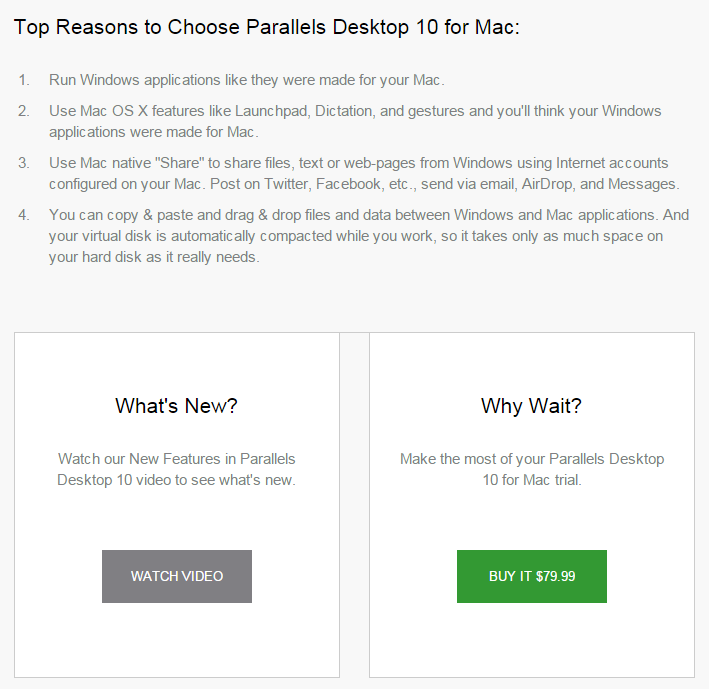
Reinforce the deadline
As the trial runs out, it is important to emphasize its expiration. Ideally, the free users are so enthralled with the product, they’ve forgotten about the free trial altogether and are simply using the service like they would as full, paying subscribers.
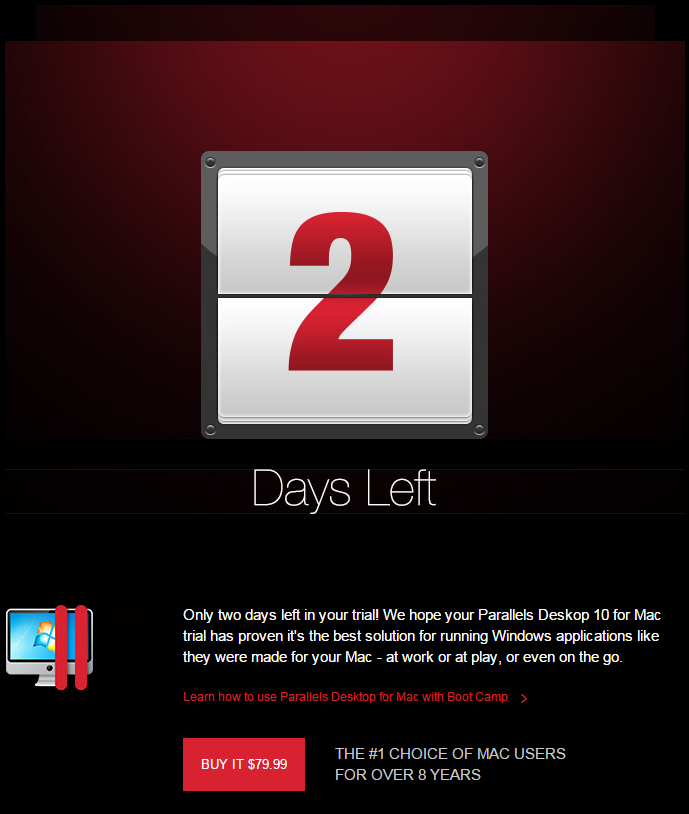
Parallels does a great job of balancing the urgency of their message with a personal touch. They include a customer quote with which the user can empathize and their reiterate the publications that have praised their product.
Messaging after trial expiration
After the trial expires, Parallels’ messaging emphasizes the features and award-winning recognition their service has already garnered. They also emphasize their differentiators, noting they are the fastest and most intuitive product in their class. Finally, they put the decision firmly in the customer’s hands, noting that accessing their high performing service is “up to you.”
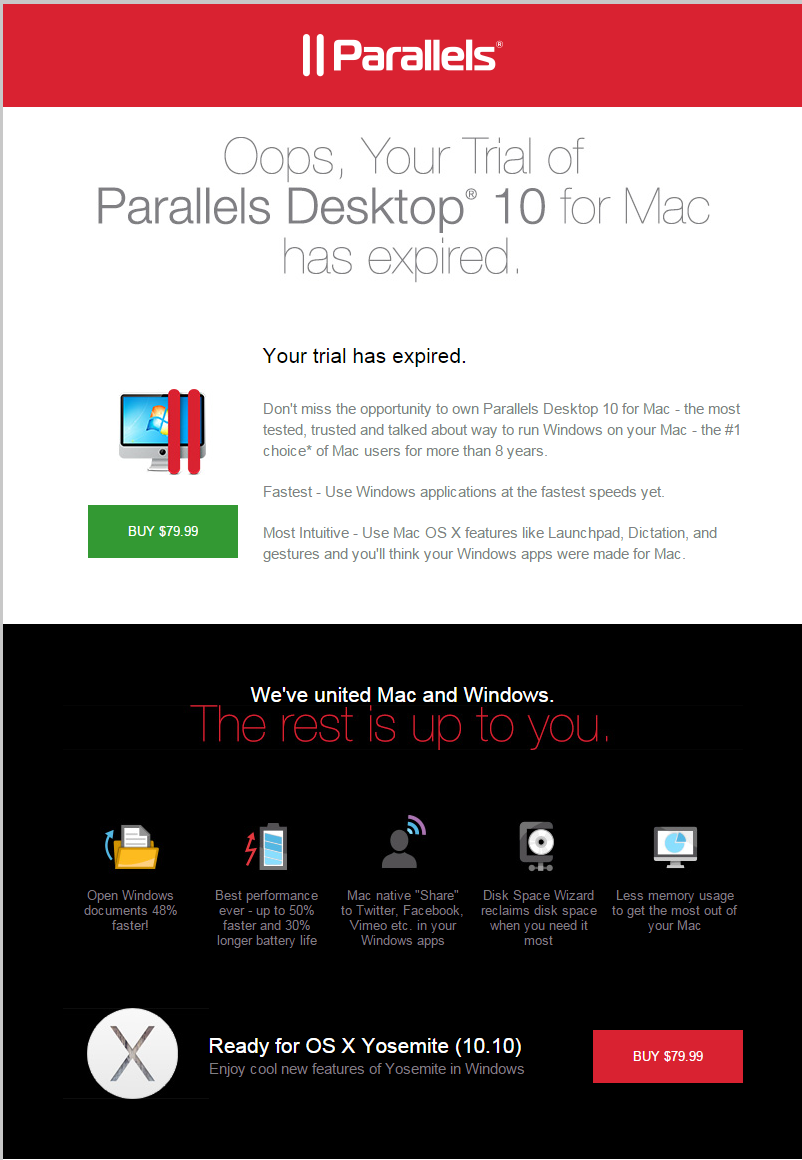
Keystone
Engaging users today goes beyond simply closing a sale. It requires attracting them to your site and providing opportunities to experience the value of your services. Along the way, establishing clear messaging around the value customers can expect from the product is essential. By balancing a top-notch user experience with well-timed, powerful messages, your company can nurture a relationship with customers that provides ongoing value to them, and revenue to your business.
Explore more tactics for attracting and acquiring new subscribers in our complimentary subscription billing guide today.
